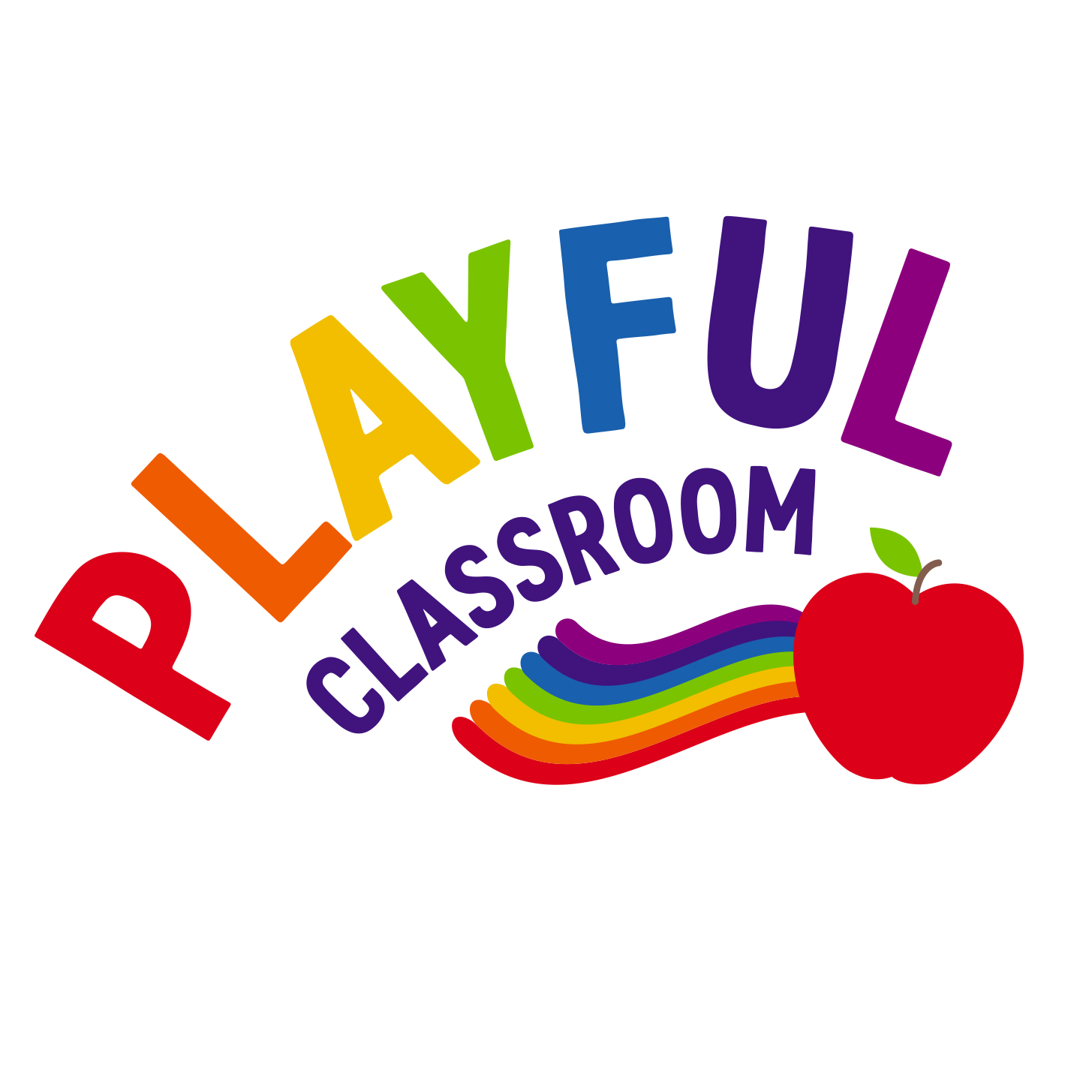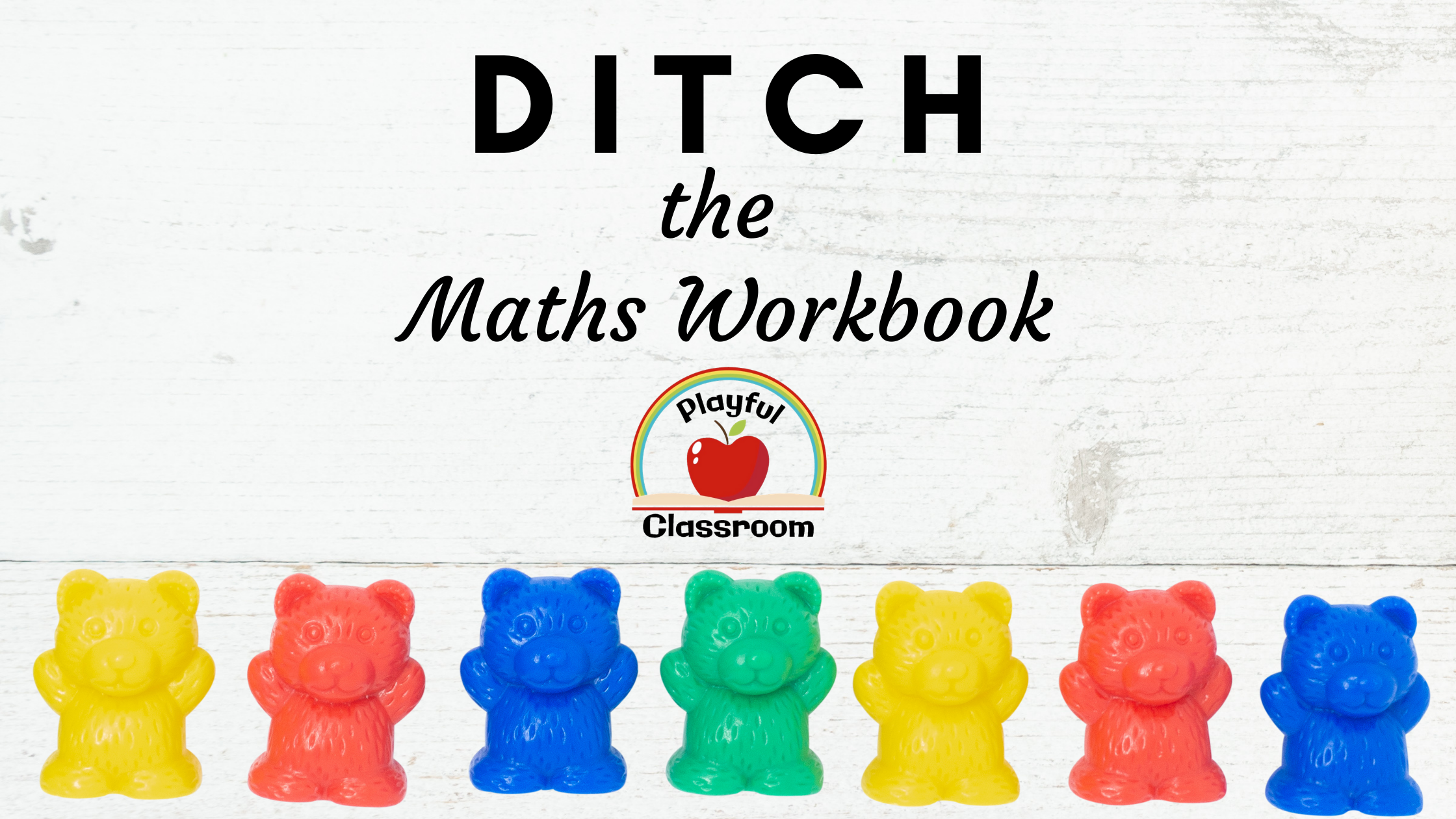Maths Learning Resources for Teachers
Time to ditch the
Maths Workbook!
This year, there was no Maths workbook on our booklist. Hand on heart, I have not missed it. It took the pressure off to get another workbook finished, and gave me the opportunity to give more time in meaningful Maths activities.
Maths learning resources are a solid investment for any early years classroom. Of course, written Maths is important, too. Children need to learn number formation, and begin to construct number sentences. Do you need a workbook for this? No; a squared copy and some highlighters will do the trick.
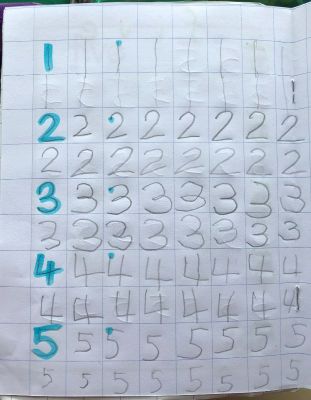
Using squared copies for number formation gives the teacher the opportunity to easily differentiate for all children in the class. Based on the children’s previous work and their fine motor abilities, you can give more or less tracing or copying as required.
Maths and Play
If you
follow me on Instagram, you will often hear me talking about curricular
integration. For me, this is a daily
essential. You will often find that you
are already doing it without even thinking about it. In the early years, thematic planning and
play provide a natural means in which to kill several birds with one
stone. Numeracy and other mathematical
concepts are easily integrated into many themes and play activities, along with
the development of Mathematical Skills.
In Construction play, children explore 3D objects, spatial awareness and patterns. In Messy Play or Water Play; capacity. In Role-Play, you can hit on almost every early Mathematics objective, depending on your chosen theme. In the Post Office, for example, you can cover sorting, weight, time and money.
Let’s take a closer look at the topic of Capacity.
“The child should be enabled to develop an understanding of the concept of capacity through exploration and the use of appropriate vocabulary.” - Mathematics Curriculum 1999, Junior & Senior Infants.
In a Maths workbook, you may find a page with pictures of objects of varying capacity such as a cup, a bath and a bucket. The instruction might read, ‘ Colour the object that holds the most’, or ‘Colour the object that you would use to fill a bath’. Consider the learning here. What mathematical language is being explored? Will it help the children to develop an understanding of the concept? Is it a helpful assessment tool?
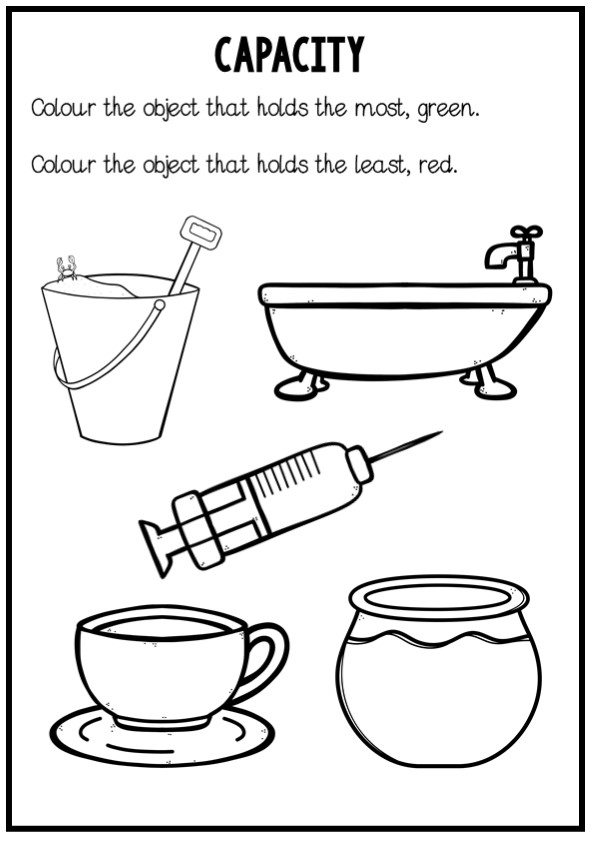
Now, imagine children playing in a large basin of water with bowls, cups, spoons, scoops, bottles, and plastic syringes. Here, the children can fill and empty containers of various sizes. They can use smaller containers to fill larger containers. And best of all, they can use mathematical language in context.
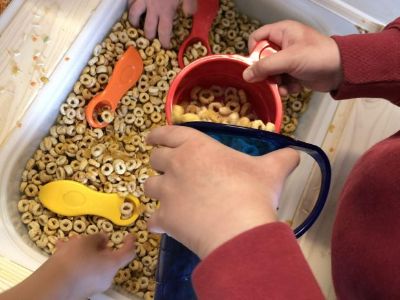
The thought of a 30 five year old children all playing with
water in a small classroom at the same time is enough to make even the bravest
of teachers break out in a sweat. Don’t
worry, there are ways around it. I use Water
Play for about a week every month during our ‘Hour of Play’. One group per day is much more
manageable. We also play with rice,
sand, lentils etc. During playtime, the
teacher can model the use of the correct language for the children. You can also take a capacity lesson and water
play outside on a fine day. If you wait
until the afternoon, it’s not such a big deal if the children get wet! Also, less to clean up!
Other Maths Topics

The Early
Mathematical Skills of matching, classifying, comparing and ordering can and should
be covered with physical objects. A
workbook page is no substitute for sorting a variety of objects by size, shape,
colour and other attributes.
Pattern is
best explored with beads, pegs, cubes etc.
This is a great topic for integrating with building fine motor skills,
especially before beginning formal handwriting.
The same cannot be said of colouring a workbook page.
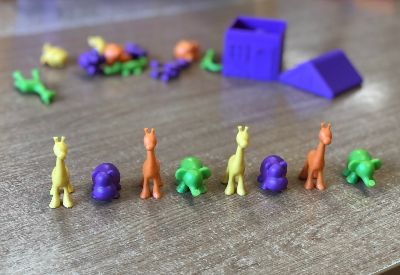
Back to the Workbooks…in Ireland, I do feel like we are guilty of an over-reliance on text books (myself included). When making your yearly plans, do you consult with the Curriculum documents, your school plan, or the Teacher Resource book that goes along with your prescribed textbook? Why are we at the mercy of publishing companies? One reason might be an overloaded curriculum. In what other country are teachers expected to teach 11+ subjects, plus additional ‘initiatives’? Especially in infant classes!
Now, I am not saying that young children should never complete a Maths worksheet. They have their place, and can be beneficial for Number and Assessment etc. But they must be purposeful. Not a stand-alone lesson without previous hands-on tasks. Always ask yourself, “What objective will I fulfill by having the children complete this worksheet?”
Workbook pages and worksheets for counting can be useful, but only after and alongside counting real items. It’s the same for combining and partitioning (addition).

I could go on, but I think you get the gist. Early Years Maths must be hands-on. When you find yourself with a Maths Workbook on your booklist, it’s easy to fall into the trap of letting it take the lead. But remember, you don’t have to do the pages in order, and you don’t have to complete every page. Let exploration and discovery show the way.
Featured Resources
Learning Resources UK kindly sent me the following resources for free to review.
- Primary Science Mix and Measure Set
- Mini Muffin Match-up Maths Activity Set
- Penguins on Ice Maths Activity Set
- Wild About Animals Jungle Counters
Playful Classroom is a participant in the Amazon Services LLC Associates Program, an affiliate advertising program designed to provide a means for sites to earn advertising fees by advertising and linking to Amazon.co.uk.
